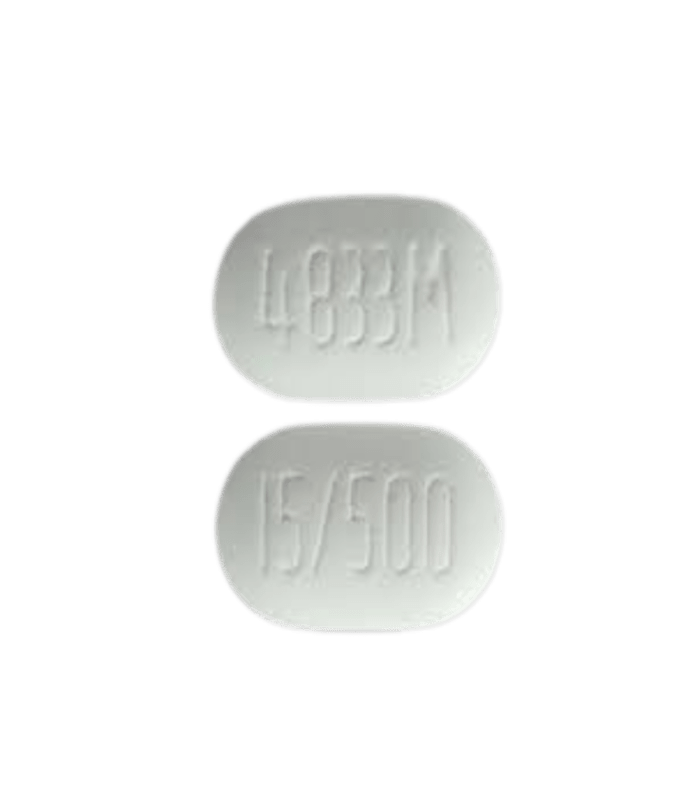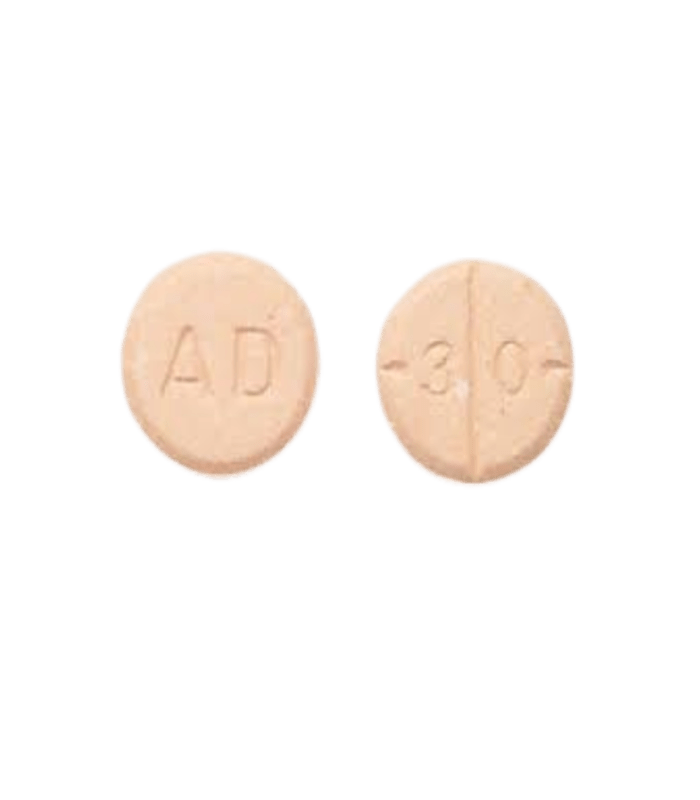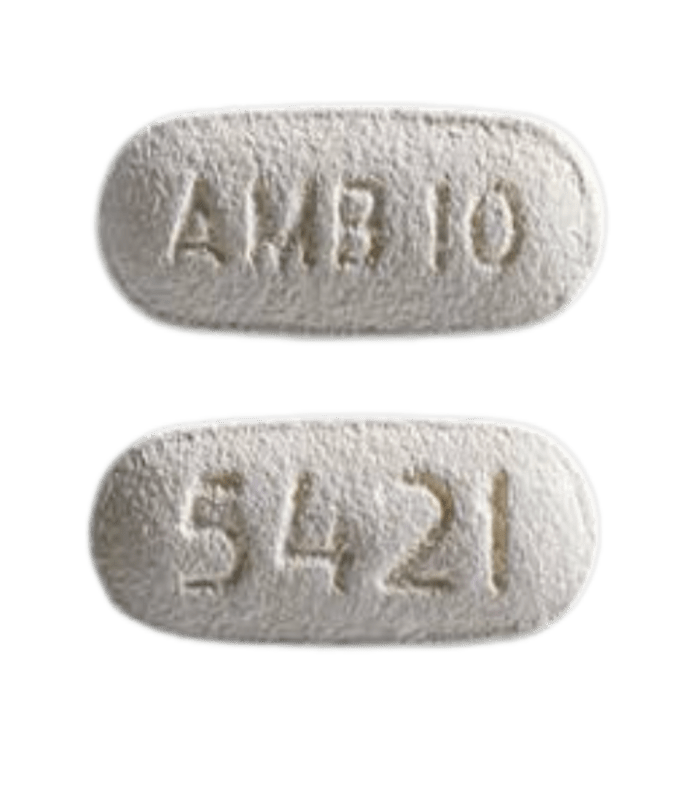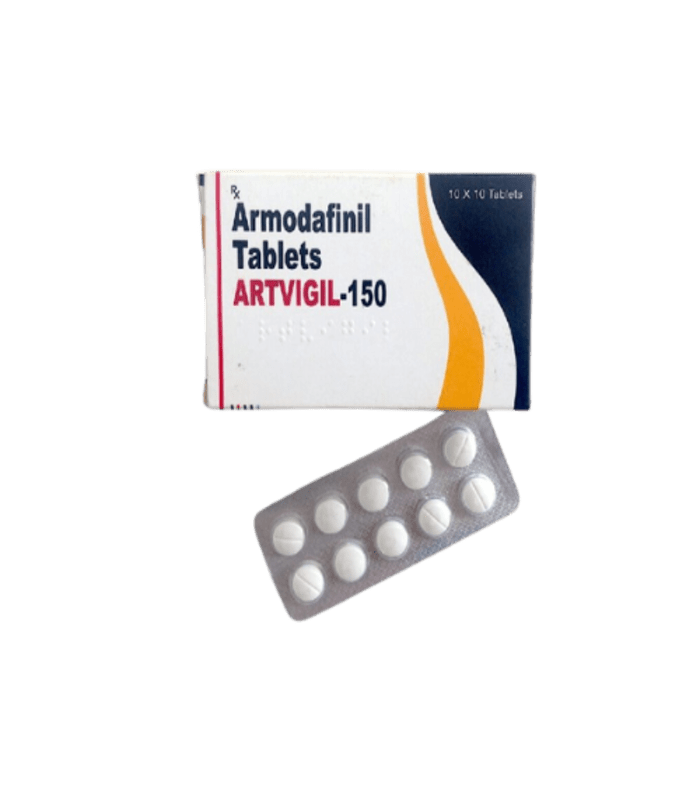Tramadol is a prescription medication commonly used for the treatment of moderate to moderately severe pain. As an analgesic, it is often recommended when other over-the-counter pain medications are insufficient to relieve pain. Tramadol’s unique formulation allows it to provide effective relief across various pain conditions, making it a versatile option for many patients.
What Conditions Does Tramadol Treat?
Tramadol is primarily prescribed for pain relief associated with:
- Postoperative Pain: Following surgery, patients may experience acute pain, and Tramadol can help manage it effectively.
- Chronic Pain: For conditions like osteoarthritis or fibromyalgia, Tramadol can provide long-term pain management.
- Neuropathic Pain: Conditions that affect the nerves, such as diabetic neuropathy, may benefit from Tramadol’s action on the nervous system.
- Musculoskeletal Pain: This includes pain from injuries, strains, sprains, or conditions like back pain.
Due to its dual mechanism of action, Tramadol is often used when other pain relief options are not enough, providing a balanced solution to moderate pain management.
How Tramadol Works: The Mechanism Behind Pain Relief
Tramadol is classified as a centrally acting analgesic. It works in two key ways:
- Opioid Action: Tramadol binds to opioid receptors in the brain and spinal cord, mimicking the effects of stronger opioids like morphine. This binding alters the way pain is perceived, providing relief.
- Neurotransmitter Regulation: Beyond its opioid action, Tramadol inhibits the reuptake of neurotransmitters such as serotonin and norepinephrine. This action enhances pain relief by altering the transmission of pain signals in the body.
By combining these two mechanisms, Tramadol can offer effective relief for a wide range of pain types without the intense effects typically associated with stronger opioids.
Potential Side Effects of Tramadol
Like all medications, Tramadol comes with a risk of side effects, though not everyone experiences them. Common side effects include:
- Gastrointestinal Issues: Nausea, vomiting, constipation, and dry mouth are commonly reported.
- Cognitive and Physical Effects: Dizziness, lightheadedness, and fatigue may occur, especially when standing up quickly.
- Headaches and Sweating: Some users report headaches and increased perspiration.
- Mood Changes: Anxiety, restlessness, or a sense of fatigue can accompany Tramadol use.
In rarer instances, Tramadol may cause more serious side effects, such as:
- Seizures: A known risk, particularly in those with a history of seizures.
- Respiratory Depression: Slowing of breathing, which can be dangerous if not monitored.
- Serotonin Syndrome: A life-threatening condition caused by excessive serotonin in the brain.
- Allergic Reactions: Symptoms such as swelling, rash, or difficulty breathing.
If any serious side effects occur, it’s important to seek immediate medical attention.
Exploring Alternatives to Tramadol for Pain Management
Although Tramadol is effective for many individuals, there are several other pain management options available, each suitable for different types of pain:
- NSAIDs (Nonsteroidal Anti-Inflammatory Drugs): Medications like ibuprofen and naproxen work by reducing inflammation and alleviating pain. They are often used for conditions like arthritis or muscle injuries.
- Acetaminophen: A mild pain reliever, often used alone or in combination with other drugs for treating minor to moderate pain.
- Opioid Analgesics: For more severe pain, medications such as oxycodone or morphine may be necessary, though they carry a higher risk of addiction and dependence.
- Physical Therapy and Chiropractic Care: These non-pharmacological treatments can help manage chronic pain, improve mobility, and promote healing.
- Neuropathic Pain Medications: Drugs like gabapentin and pregabalin are used specifically for nerve-related pain.
- Topical Treatments: Creams or patches containing analgesics like lidocaine can target localized pain without systemic side effects.
The choice of pain management depends on the underlying cause of the pain, as well as the patient’s overall health and preferences.
Precautions to Take When Using Tramadol
Before starting Tramadol or any other pain medication, there are several important precautions to consider:
- Consult a Healthcare Provider: Always speak to your doctor before beginning Tramadol, especially if you have preexisting health conditions.
- Disclose Medical History: Be sure to inform your doctor if you have a history of substance abuse, seizures, respiratory issues, or liver or kidney problems.
- Potential for Addiction: Tramadol has the potential for misuse, especially in those with a history of substance abuse. It’s important to use the medication only as prescribed.
- Follow Dosage Instructions: Take Tramadol precisely as prescribed to avoid overdose or complications.
- Avoid Alcohol: Alcohol can increase the sedative effects of Tramadol, increasing the risk of side effects such as dizziness and respiratory depression.
- Mental Alertness: Tramadol can impair your ability to focus or react quickly, so avoid driving or operating heavy machinery while using this medication.
- Pregnancy and Breastfeeding: The safety of Tramadol during pregnancy or breastfeeding is not well-established, so always consult your doctor before use in these situations.
Conclusion
Tramadol is a widely used pain reliever that combines opioid-like effects with additional mechanisms to provide relief from various types of pain. While it can be an effective solution for managing moderate pain, it’s important to use it with caution due to potential side effects and the risk of dependence. By understanding its benefits, side effects, and alternatives, individuals can make informed decisions in consultation with their healthcare provider. Always ensure that you follow your healthcare provider’s instructions carefully and explore other pain management options if needed for optimal results.






